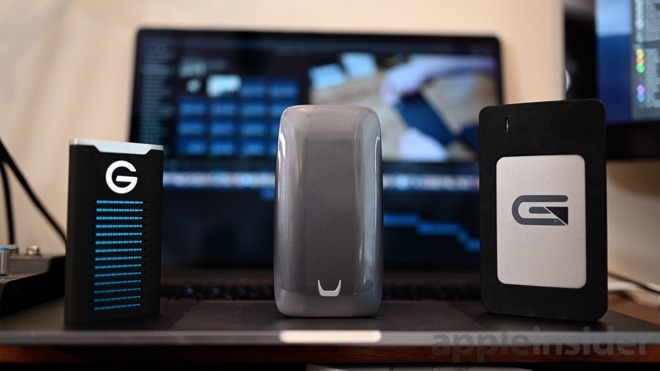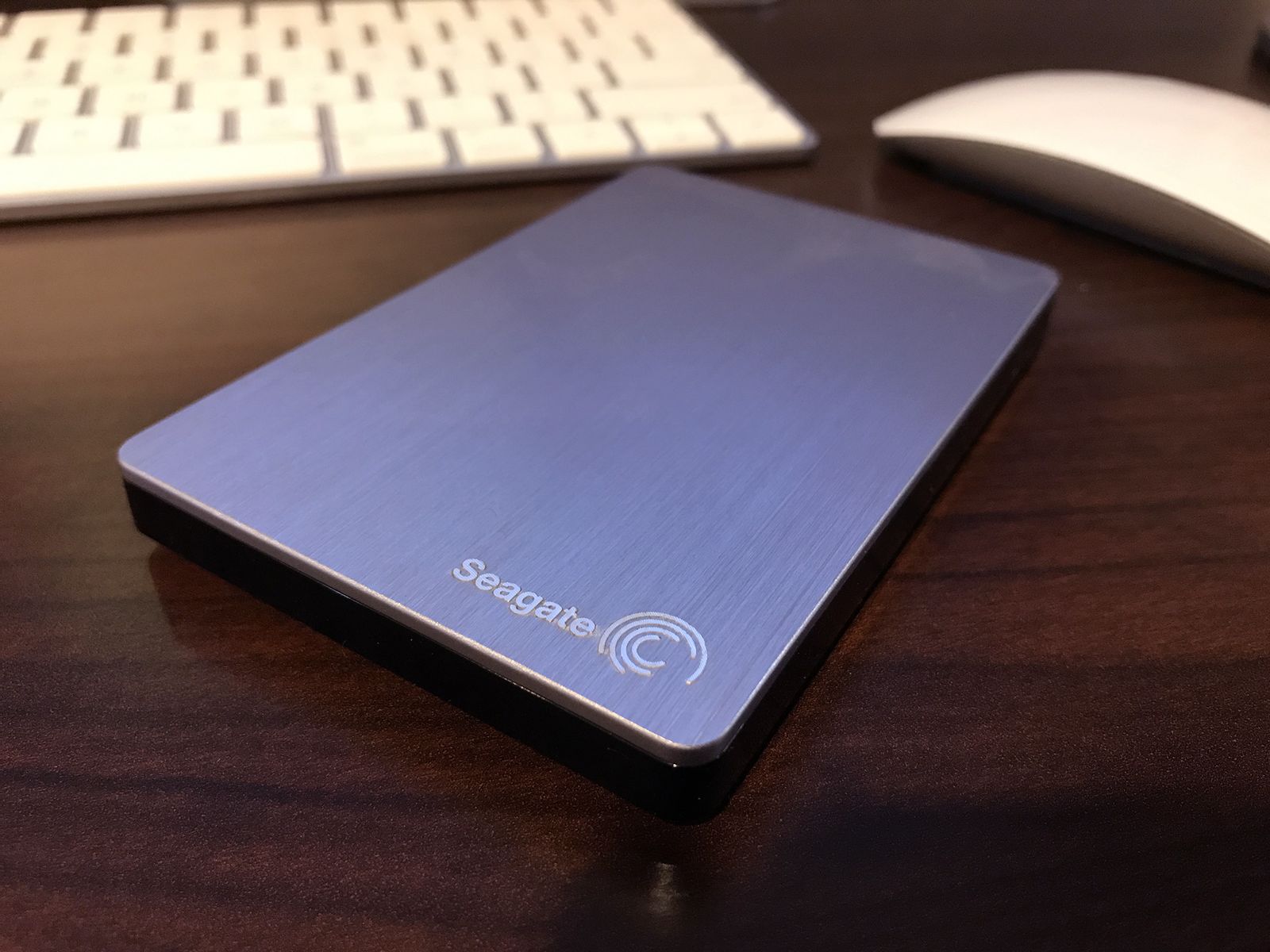

- Best portable external hard drive for mac photography pro#
- Best portable external hard drive for mac photography software#
- Best portable external hard drive for mac photography windows#
Best portable external hard drive for mac photography windows#
And the drive is also formatted as an exFat partition for cross-compatibility on Windows and Mac. And while it’s not IP68-rated for weather resistance, it can take a few drops and is shock-absorbant up to 2m. They aim this drive at users looking for portability, with speed. Released in the summer of 2018, it’s WD’s first SSD, and one that’s sleek enough to fit into most pockets. WD’s My Passport SSD is a drive that brings some fashion and appeal to hard drives with its part metal casing. And with its high-end performance, rugged build, pocket-sized design, and low price, it’s quite the bargain. And yet thin enough to slip into a back pocket and easily smaller than today’s smartphones. Overall, SanDisk’s Extreme Portable is easily one of the best SSDs on the market.
Best portable external hard drive for mac photography software#
SanDisk has also provided their SecureAccess software so that you can create a password-protected folder with 128-bit AES encryption. And it delivers over 500 MBps in read and write speeds. It uses a USB Type-C connector, which matches the fastest SSD drives around in speed. SanDisk offers four storage sizes of this drive, ranging from 250GB-2TB and a three-year warranty. And as an exFAT device, it also works with both Windows and Mac right out of the box. With that, it’s both water and dust resistant with an IP55 rating and can withstand a 2m drop without damage. And it’s a drive aimed at users wanting a rugged yet portable design.
Best portable external hard drive for mac photography pro#
Released in the spring of 2018, it’s a slim and thin profile that follows the design from their more expensive Extreme Pro SSD. SanDisk’s Extreme Portable SSD is another entry into the ultra-compact SSD market. If these extra features are a must, then this will also help rule out options. Others even include additional ports, such as SD card slots, or added functionality such as Wi-Fi or a USB-C port for cleaner and faster connections. Some drives offer extra features such as bundled software, complimentary cloud storage, and data encryption.

However, if pocketability is of no concern, then it’d make sense to get a bigger external drive for use at home. How often do you plan on taking the drive out into the field? Are you a traveling photographer who’s always on the road, looking to backup and store as you go? It would also be wise to pay attention to how rugged the drive in question is-some drives offer weather sealing (IP55, 67, or 68 ratings) and bumpers that absorb shock from falls. If you want maximum portability, this will add extra cables and reduce the portability. With that, some of the larger drives will have a separate power supply and will need wall power. Not all hard drives provide bus power directly from the connected device. The best practice here is to buy the largest capacity you can currently afford. So if you’re looking for a large SSD, expect to pay a premium. And a comparable SSD can easily be double the price. How much space do you need? A traditional drive will always give you more capacity for your dollar. In most cases, the file transfer speed is limited by the disk speed, not the USB interface. Note: USB-C equipped drives don’t necessarily offer faster speeds than their USB 3.0 counterparts. A bonus, since they lack any moving parts, accidentally bumping the drive during transfer won’t corrupt files. And their simple construction also gives them faster speeds, giving you immediate access to your data.

While SSDs (Solid-state Drives) have fewer moving parts making them more durable without needing bulky shock absorbers. The biggest consideration here is that traditional hard drives use mechanical parts, making them more susceptible to damage when dropped. In total, there are seven things to look for when shopping around. Before we dive in, let’s cover a few essential aspects to considering when looking at a hard drive.


 0 kommentar(er)
0 kommentar(er)
